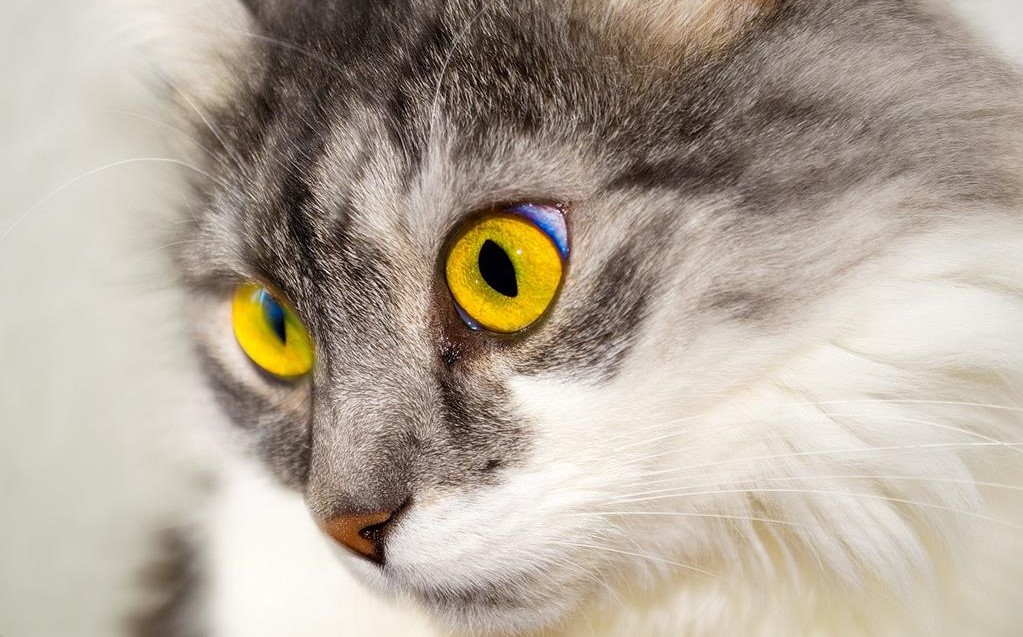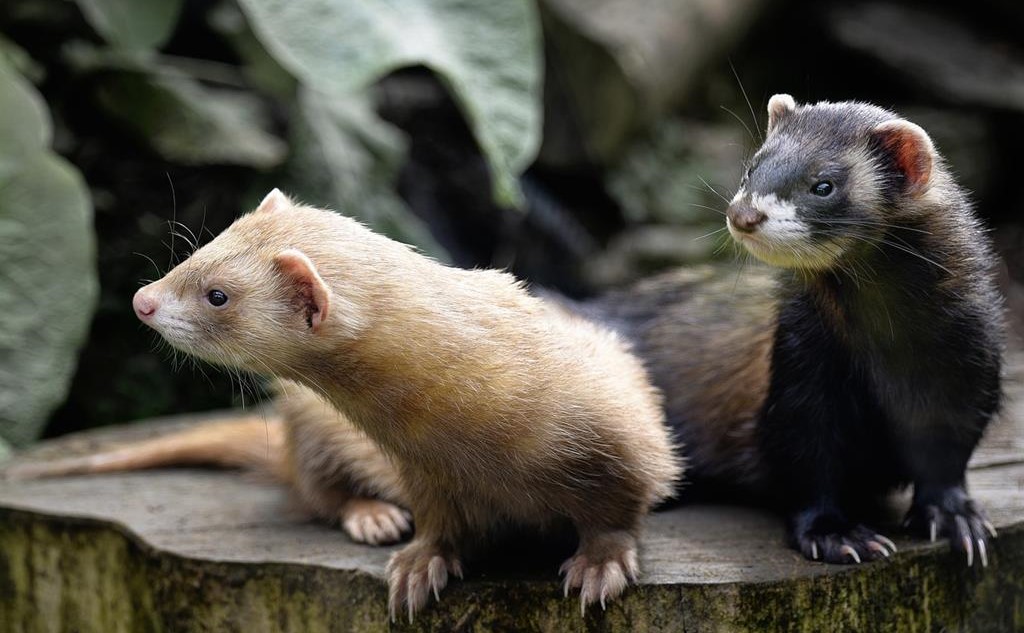The world of domestic pets is a diverse and dynamic one, with various species often coexisting under the same roof. Among the many unique pairings is the intriguing relationship between ferrets and cats. Among the questions that arise, one stands out: will a ferret kill a cat? Let’s delve into the complex dynamics of these interactions, dispel myths, and explore the factors that shape the ferret-cat relationship.
Ferrets and Cats: Different Species, Different Backgrounds
Ferrets and cats come from different evolutionary backgrounds. Cats, as carnivorous mammals, have been domesticated for thousands of years and share a common lineage with wild felines. Ferrets, on the other hand, are domesticated versions of the European polecat, a type of mustelid closely related to weasels and otters. Due to their distinct origins, their behaviors and interactions can vary significantly.
Misconceptions and Myths
The notion that a ferret will automatically kill a cat is a myth that has circulated for years. While ferrets are skilled hunters due to their mustelid heritage, their behavior towards other animals, including cats, is not necessarily aggressive or predatory in nature.

Socialization and Early Exposure
The key to successful coexistence between ferrets and cats lies in socialization and early exposure. When ferrets and cats are introduced to each other from a young age and under controlled circumstances, they have a higher chance of developing amicable relationships. This can include supervised interactions, positive reinforcement, and gradual exposure.
Personality Matters
Just as humans have distinct personalities, so do animals. Both ferrets and cats have individual temperaments that play a significant role in how they interact with one another. Some ferrets and cats might develop strong friendships, while others might merely tolerate each other’s presence.

Supervision and Safety Measures
When introducing ferrets and cats, it’s crucial to prioritize safety. Supervised interactions are essential, especially during the initial stages of introduction. This ensures that both animals feel secure and prevents any potential conflicts or misunderstandings.
Shared Spaces and Resources
Creating an environment in which both ferrets and cats can thrive involves providing separate spaces and resources for each species. This prevents competition and territorial disputes. Both animals should have their designated areas for eating, sleeping, and playing.
Indicators of Compatibility
Indicators of compatibility between ferrets and cats include playful interactions, mutual grooming, and relaxed body language. However, any signs of aggression, fear, or stress should be taken seriously, and interactions should be adjusted accordingly.
Seeking Professional Advice
If you’re considering introducing a ferret to a household with a cat, seeking advice from professionals experienced in both species is recommended. Veterinarians, animal behaviorists, or trainers can offer guidance tailored to your specific situation.
Ferret vs cat who would win

Determining a winner in a hypothetical confrontation between a ferret and a cat is complex and not as straightforward as it might seem. The outcome would depend on various factors, including the individual animals’ sizes, temperaments, health, and the circumstances of the encounter.
Size and Strength:
Cats are generally larger and more muscular than ferrets, which could give them an advantage in a physical confrontation. However, the outcome isn’t solely determined by size. Ferrets are known for their agility and flexibility, traits that could play to their advantage in evading an opponent.
Temperament and Behavior:
Both cats and ferrets have distinct personalities, and how they react in a confrontation can vary widely. Some cats might have a strong prey drive and might react aggressively, while others might be more fearful or cautious. Ferrets, being playful and curious, might not always perceive a cat as a threat and might approach the situation differently.
Health and Conditioning:
The health and conditioning of each animal play a role. An unhealthy or weakened cat might be less likely to engage in a confrontation, while a ferret in poor health might lack the energy to defend itself effectively.

Environment and Circumstances:
The environment in which the encounter takes place can influence the outcome. If a ferret feels cornered or threatened, it might be more likely to defend itself. On the other hand, a cat might perceive the ferret as an intruder in its territory and react defensively.
Species Interaction:
Introducing cats and ferrets to each other in a controlled environment, as mentioned earlier, can lead to positive relationships. Both species have the capacity to develop friendly interactions, which are far more common than confrontations.

Human Intervention:
In real-life scenarios, responsible pet owners would intervene to prevent any harm to their animals. Ensuring that pets are properly supervised and that their interactions are safe and positive is the best approach.
Ethical Considerations:
It’s important to note that intentionally pitting animals against each other is unethical and could cause harm to both animals involved. It’s always best to focus on providing a safe and enriching environment for pets.
In the end, discussions about hypothetical battles between animals should be approached with caution. Animals have individual personalities, and the focus should be on their well-being, proper care, and responsible ownership rather than comparing their abilities in potential confrontations.
Here’s a comparison chart between ferrets and cats based on various aspects:

| Aspect | Ferret | Cat |
|---|---|---|
| Size | Small and slender | Varies in size from small to large |
| Lifespan | 6 to 10 years | 12 to 20+ years |
| Behavior | Energetic, playful, curious | Independent, playful, aloof (varies) |
| Socialization | Social and interactive with humans and pets | Independent nature, may be selective |
| Grooming | Self-grooming, may need occasional baths | Extensive self-grooming |
| Training | Can be trained to respond to commands | Can be trained for tricks and commands |
| Exercise | Requires daily play and exploration | Needs regular play and exercise |
| Housing | Need spacious cages with bedding | Comfortable in indoor spaces |
| Allergies | May cause allergies in some individuals | Common allergens for sensitive people |
| Maintenance | Regular nail trimming and dental care | Litter box training, occasional grooming |
| Diet | Carnivorous, requires specialized diet | Carnivorous, requires high-protein diet |
| Health concerns | Prone to adrenal disease, dental issues | Prone to dental problems, obesity |
| Interaction with kids | Playful but may not tolerate rough handling | Varies, some are tolerant, others wary |
| Nocturnal behavior | Crepuscular, active during dawn and dusk | Nocturnal tendencies, more active at night |
Remember that individual animals can vary in behavior and health, so it’s essential to research and understand the specific needs of the pet you’re considering before making a decision.
The Bottom Line
The belief that a ferret will kill a cat is an oversimplification that disregards the complexities of animal behavior and relationships. While ferrets and cats can live harmoniously together, successful cohabitation requires careful planning, socialization, and ongoing observation.
With patience, understanding, and a commitment to the well-being of all pets involved, a ferret-cat household can offer a unique and enriching experience for both humans and animals alike.
Related Post:
Understanding Community Cats: A Closer Look at Feline Coexistence
The Playful Personalities of Ragdoll Cats
Why Your Ragdoll Cat Meows So Much at Night: Decoding the Nighttime Symphony



